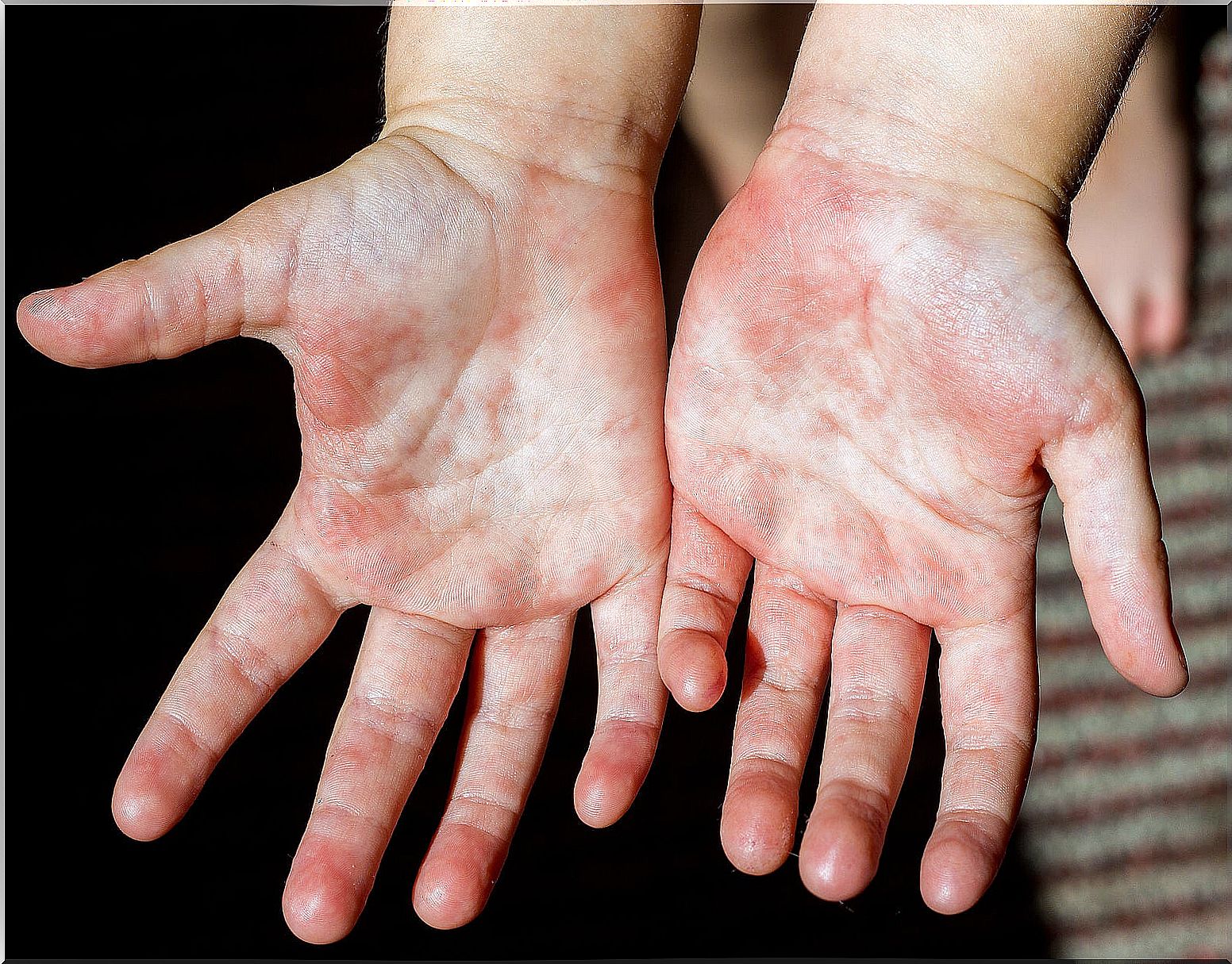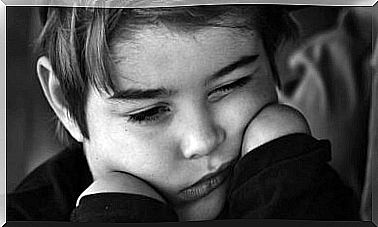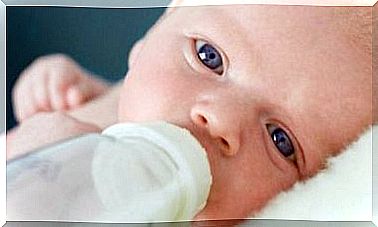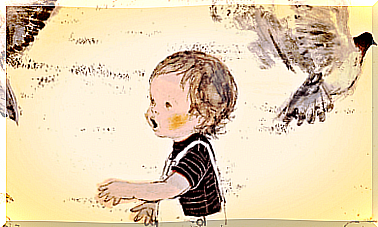Scabies In Children: Symptoms, Causes And Treatment

Scabies in children is a common and contagious skin disease. Although it can affect children of any socioeconomic level, people who live in poverty or in crowded conditions have a much higher risk of contracting it.
Also called scabies, the risk of getting it is higher in young children, the elderly, and people with weakened immune systems.
Causes of scabies in children
Scabies is developed by a mite, Sarcoptes Scabiei , which is spread by direct skin-to-skin contact. The mite only remains alive outside of skin contact for about 24 to 36 hours, therefore transmission through fomites, clothing, sheets, and padding is limited.
The infected child develops a hypersensitivity reaction to the mite, its eggs, and its feces. This can be triggered 3 weeks after exposure to the infectious agent.
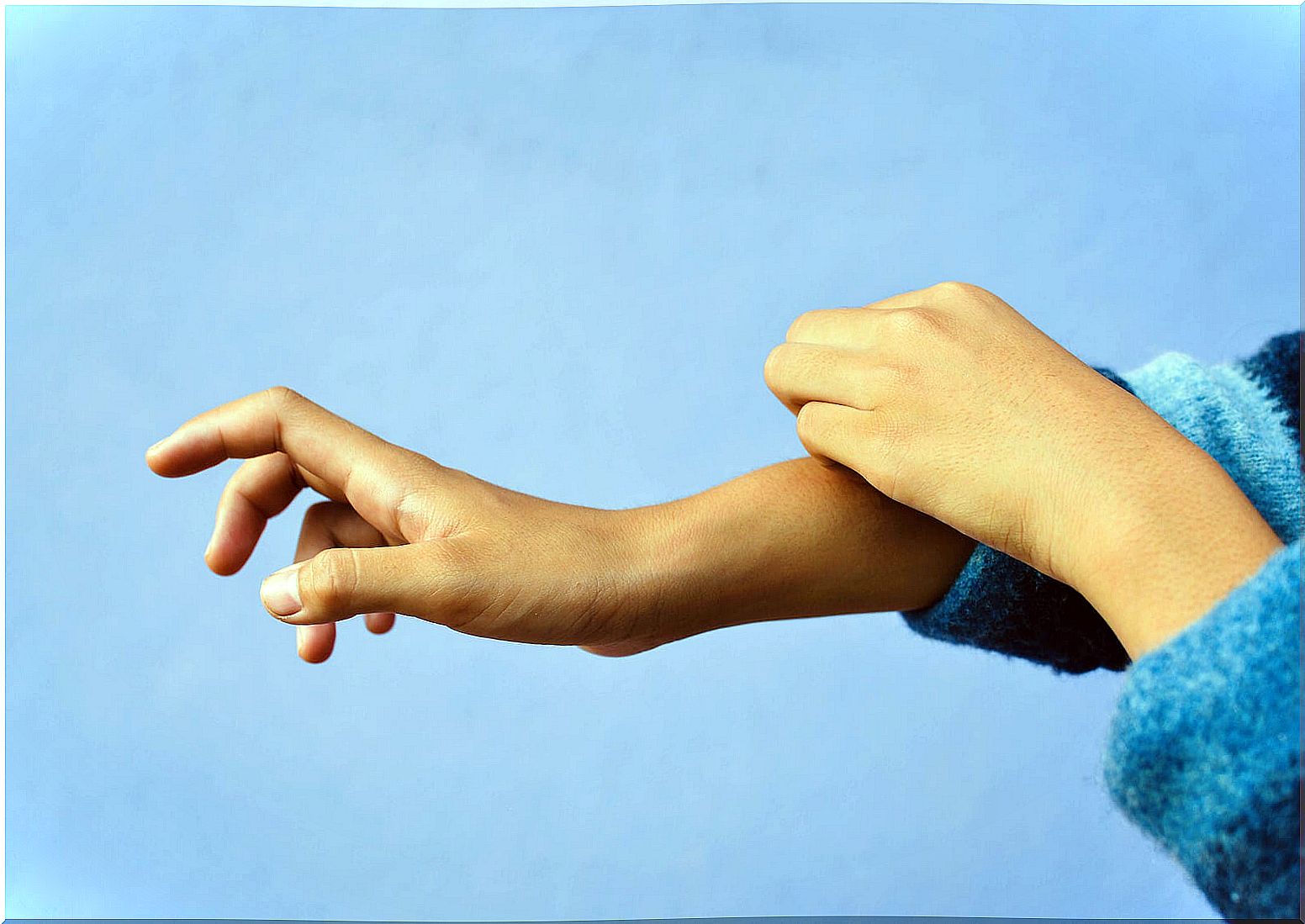
It was declared a neglected skin pathology by the World Health Organization (WHO) in 2009. In turn, it only takes 10 minutes of skin-to-skin contact for mites to spread.
Symptoms of scabies in children
Symptom presentation of this parasitic infection includes erythematous papules and generalized itching that usually increases at night.
According to a publication of the Asturias Pediatric Society , in children, the lesions are located on the palms of the hands, the soles of the feet and the cephalic pole.
However, in adults the locations vary and prevail between the fingers of the hand, in the flexion of the wrist, elbows or armpits, or in the genitals and breasts.
All these symptoms take about 3 weeks to express themselves after having contact with the mite. However, when it comes to reinfections, the clinical manifestations are observed within hours.
How is the diagnosis made?
The diagnosis of scabies is based on the observation of the skin lesions by the specialist doctor at the time of the consultation. In turn, he will conduct a thorough interrogation to rule out the patient’s history.
However, if the diagnosis is to be confirmed, mites, eggs, or feces from a skin scrap can be viewed under the microscope.
In case the diagnosis is uncertain, a biopsy of the lesion can be approached to obtain more certainty. But this type of procedure is rarely done frequently.
Differential diagnostics
Scabies is often confused with other itchy rashes:
- Eczema.
- Impetigo
- Tinea corporis .
- Prurigo nodularis.
- Dermatitis.
- Pruritic pathologies.
- Psoriasis.
However, in scabies the paths that the mite makes to move can be found; these are called tunnels. They are white serpinginous lines that indicate excavation of the parasites.
Treatment options for scabies in children
Asymptomatic or symptomatic household members should be treated simultaneously to avoid transmission or reinfection. The main reason for treating those without symptoms is that symptoms can take weeks to express themselves.
Permethrin
Topical 5% permethrin lotions or creams are the first-line treatment. It should also be applied to the skin from neck to toe, usually overnight; the next day it is rinsed off.
Even in the case of babies with scabies, it should be applied to the face as well. After a week from application, the procedure is repeated to kill the larvae that have hatched in that period. Patients and families should be warned about the likelihood that the itching will persist for a long time.
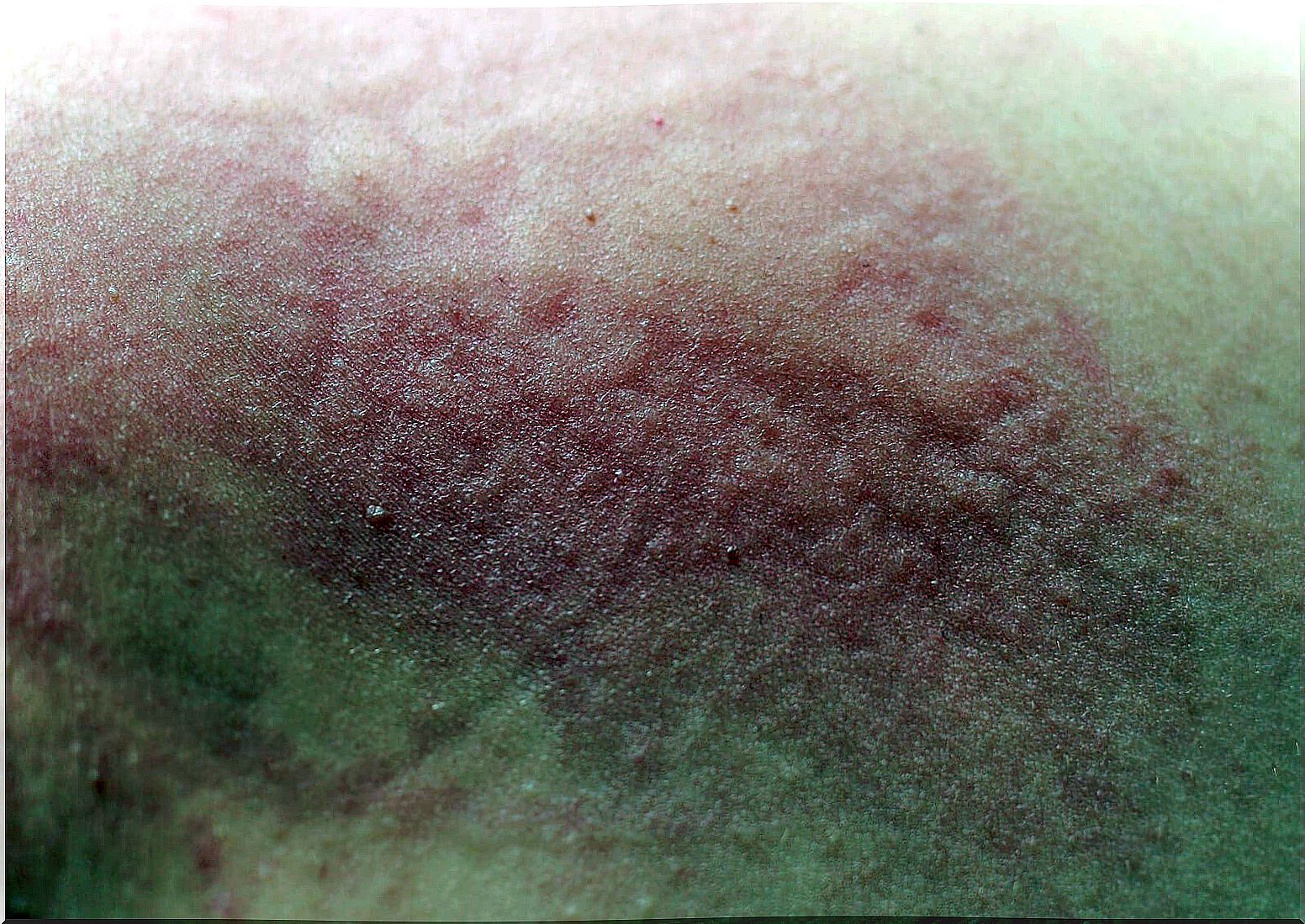
Ivermectin
Oral ivermectin is another option available to manage the treatment of scabies in children. Therefore, it is administered in children older than 10 years, an initial dose and another after a week.
This therapeutic option is recommended for the following advantages:
- For your convenience, compliance rates increase.
- Safety.
- Ease of administration ; reduces the likelihood of misuse or improper application.
- Few adverse effects.
Other variants
Sheets, padding, towels, and clothing should be decontaminated. Other therapeutic options are topical lindane, 5% precipitated sulfur, malathion, and topical ivermectin.
The 5% precipitated sulfur in Vaseline is indicated in pregnant women and young children for their safety, although its smell and messy application can compromise treatment.
Ultimately, even with proper treatment, symptoms and signs can persist for several weeks and resolve completely.
The good prognosis of the disease is related to the treatment of the patient and his close contacts. Thus, if treatment is not carried out, scabies can spread to other close contacts.
